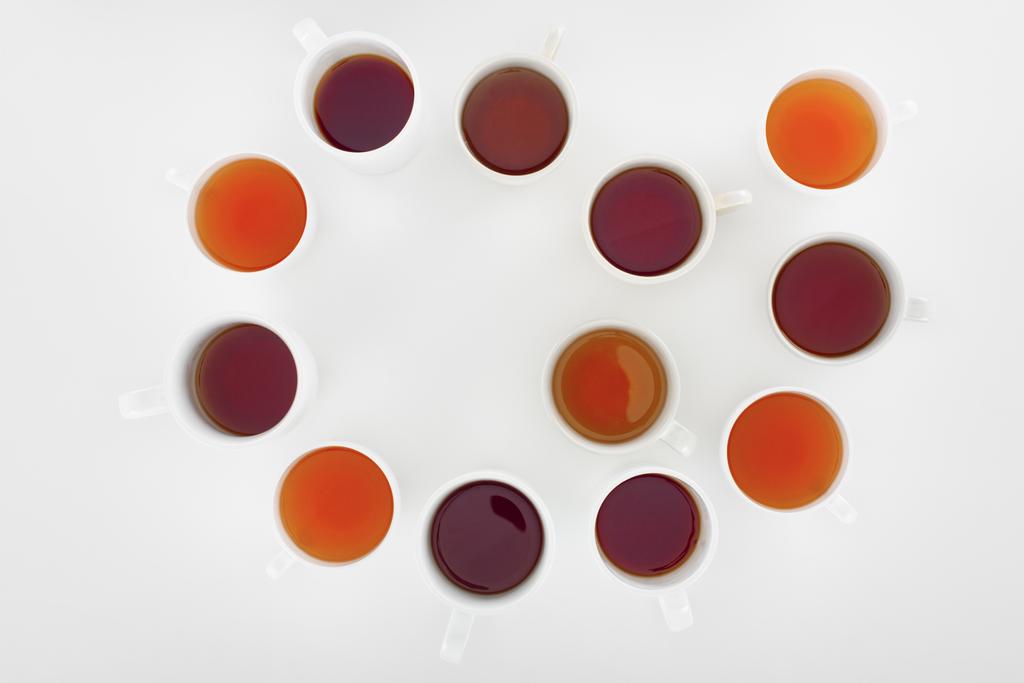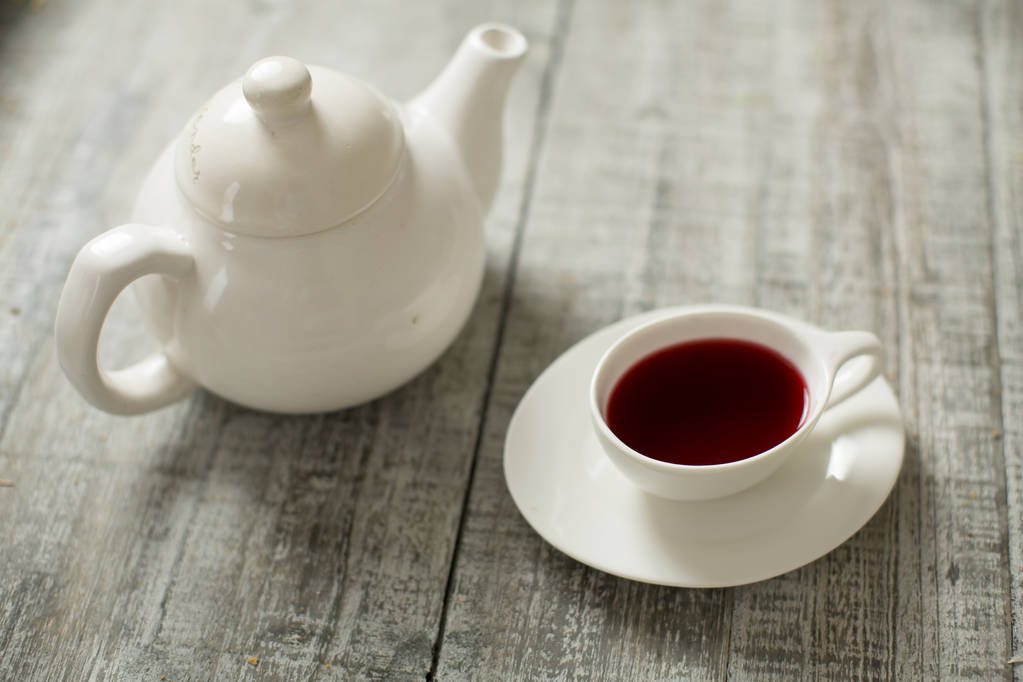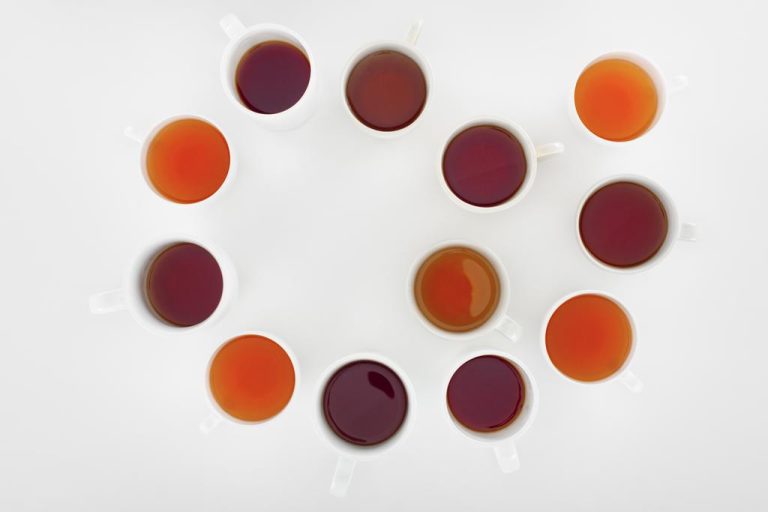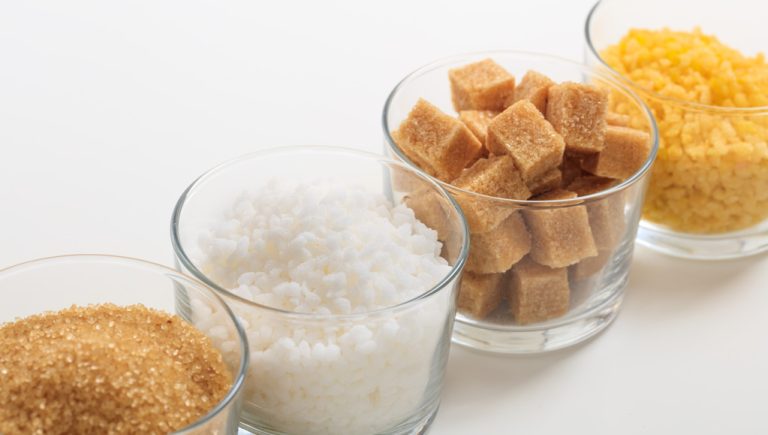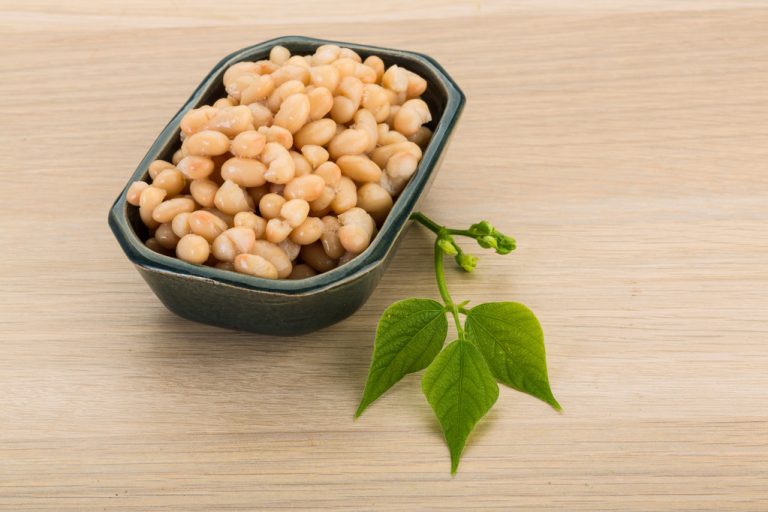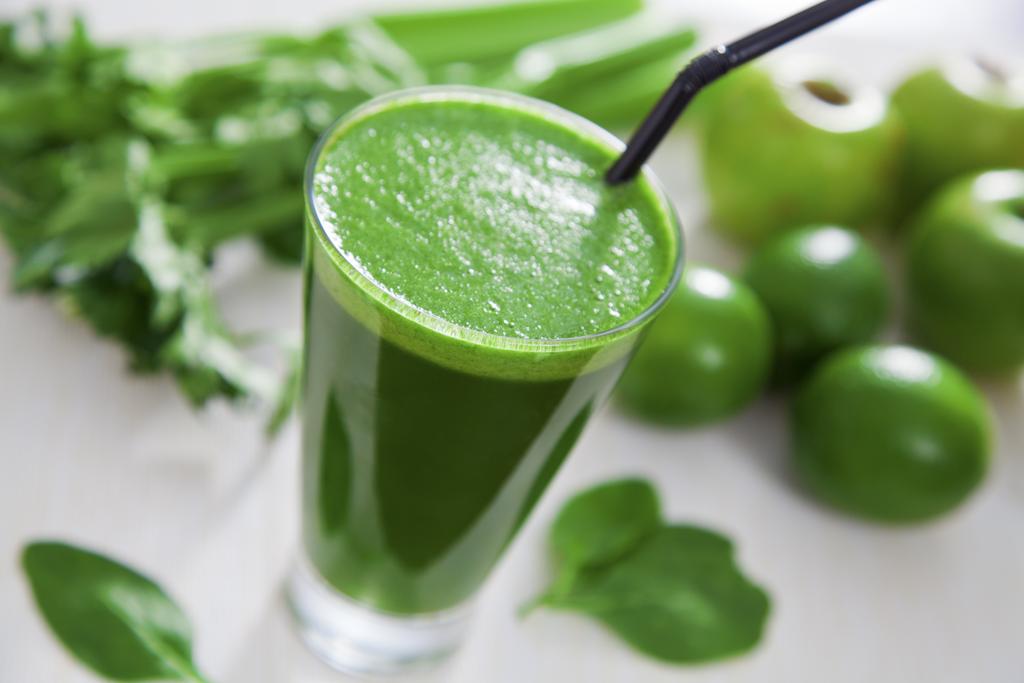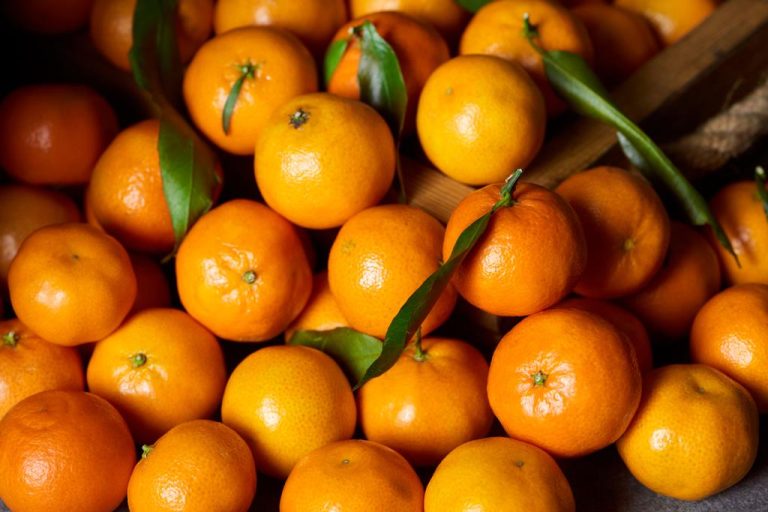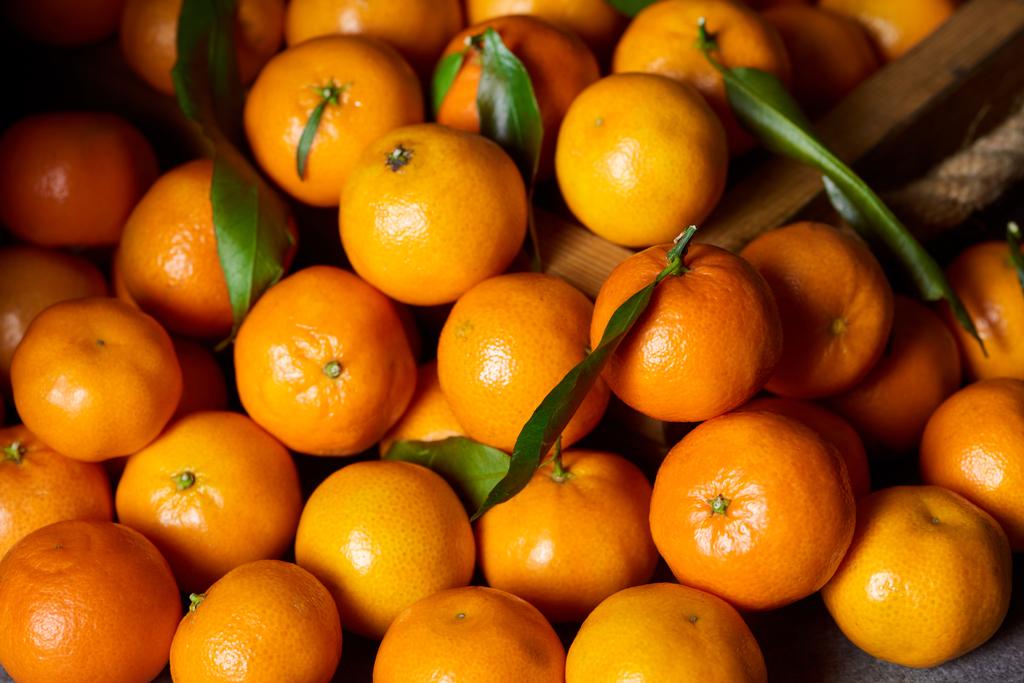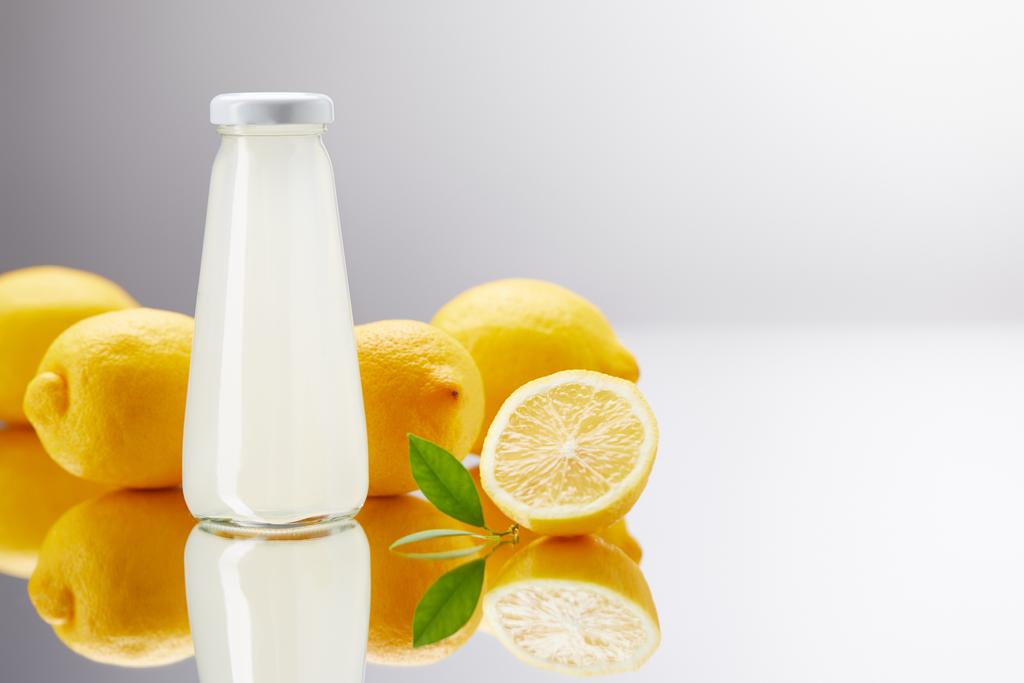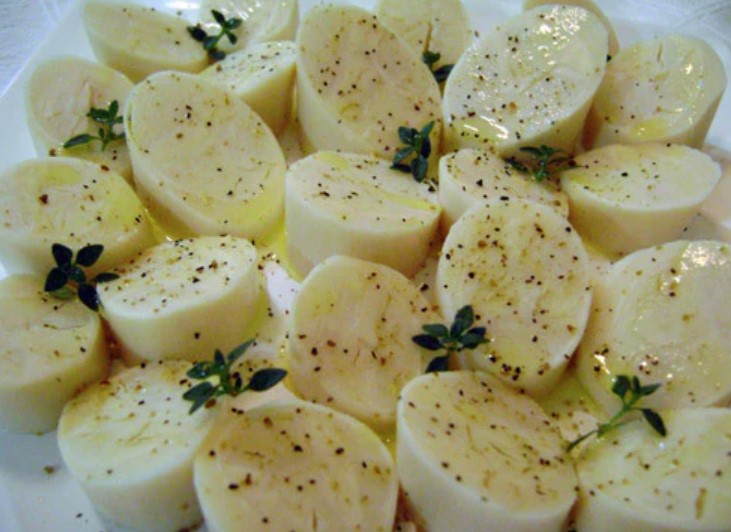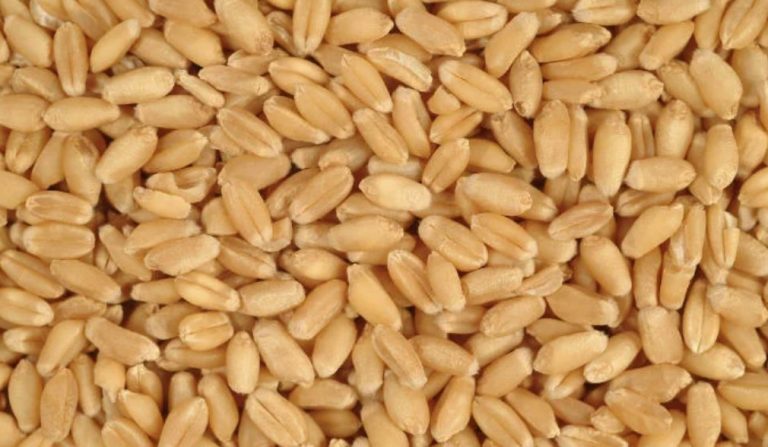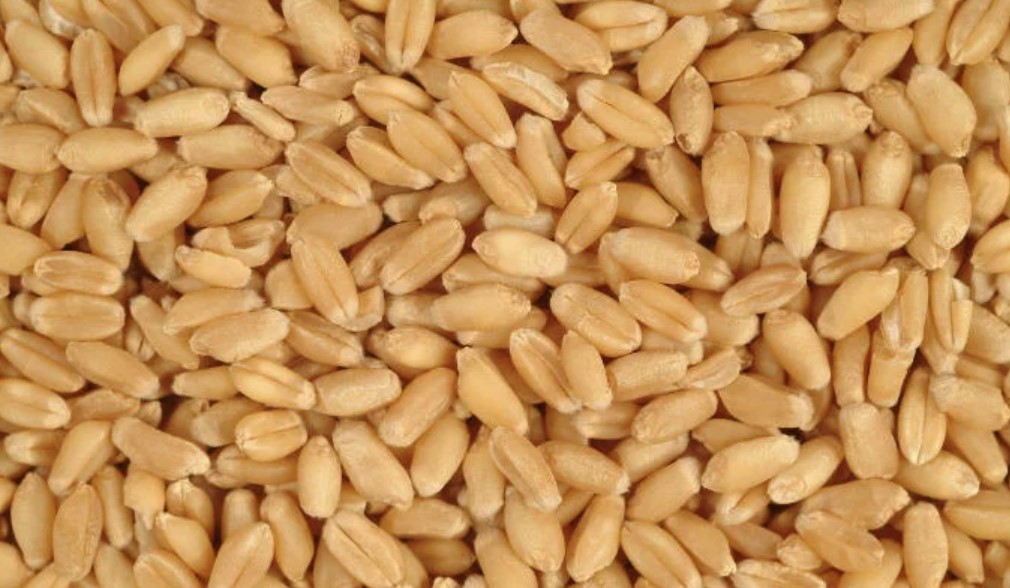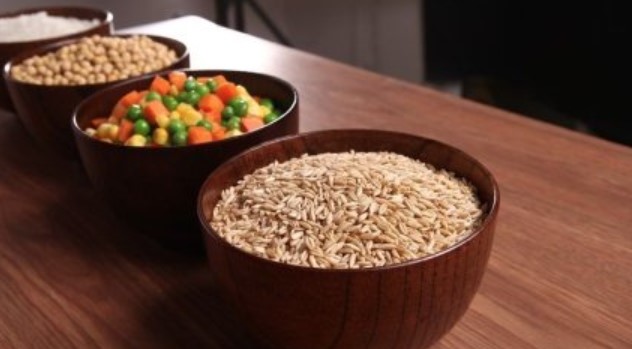Heather honey is a particular specialty. It not only tastes intense, but is also quite complex to harvest. As far as certain active ingredients are concerned, it can be compared to Manuka honey. Learn more about heather honey here.
What is special about heather honey?
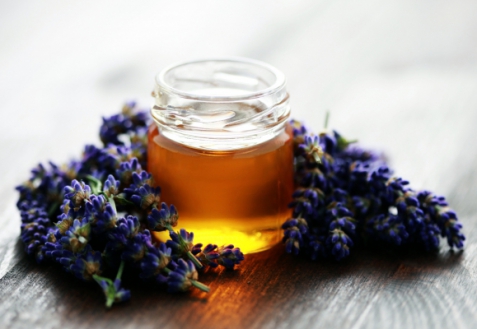
Heather honey is a very special honey specialty. On the one hand, this is due to its almost jelly-like consistency, the red-brownish color and its intense taste. On the other hand, the place of its origin plays an important role: heather honey comes from the Lüneburg Heath, a unique and valuable heath landscape. In addition to the famous heather meadows, many animal and insect species are native here, including bees.
Production of heather honey
During the heather blossom in late summer, the bees collect the nectar of the common heather. This is the plant for the heather honey, i.e. the type of heather preferred by the bees. The bees fill the honeycomb of their hive with the nectar.
For the heathland beekeepers, the time-consuming work of harvesting honey then begins. Due to its jelly-like consistency, which is due to certain proteins in honey, heather honey is not easy to harvest. The beekeepers cannot spin the honey out of the combs as easily as ordinary honey because it is too tough. Therefore, heather honey is often offered in honeycomb pieces. Alternatively, the beekeepers first heat the honey in the honeycomb to 25 degrees and then puncture the honeycomb with a roller. The heather honey becomes temporarily more liquid through this process and can then be extracted.
Another special feature of heather honey is the keeping conditions for the bees: Some heather beekeepers still keep their bees in traditional woven beehives. Others move as migratory beekeepers with their bee colonies through the extensive heathland.
Taste of heather honey
So both bees and humans put in tremendous labor to produce heather honey. Nevertheless, not everyone enjoys this honey specialty. This is due to the intense, unique taste of heather honey: it ranges from very spicy to distinctively tart.
The health benefits of heather honey
General health effects of honey
Honey consists mainly of different types of sugar, namely 40 percent fruit sugar (fructose) and 30 percent grape sugar (glucose). You should therefore only enjoy it in moderation. Unlike white sugar, honey contains a number of additional nutrients. These include, for example, sodium, potassium, magnesium, calcium, iron and some vitamins. However, you would have to eat a large amount of honey to meet your vitamin needs.
Scientific studies have nevertheless proven that honey can have a health-promoting effect. For example, honey should:
have an antioxidant effect and protect the body from free radicals
fight inflammation
delay the development of cancer and cardiovascular diseases
have a probiotic and antibacterial effect.
Health effects of heather honey
In a recent study from Dublin City University and Trinity College Dublin, a research team looked at Irish heather honey. The researchers found out that this type of heather honey is said to be particularly healthy. They blame the high content of certain antioxidants, the so-called phenolic compounds. There are about as many phenolic compounds in heather honey as in manuka honey, which is also considered to be extremely beneficial to health. Phenolic compounds are phytochemicals that include flavonoids, phenolic acids and tannins.
Flavonoids reduce inflammation, lower blood pressure and boost the immune system.
Phenolic acids have an antibacterial effect.
Among other things, tannins have an anti-inflammatory, antimicrobial and sometimes anti-cancer effect. They also lower blood sugar levels.
However, it is unclear to what extent the results of the Irish study can be transferred to heather honey from the Lüneburg Heath. For specific findings, the German heather honey would also have to be examined more closely. In addition, the findings from the study are based on a laboratory analysis of the heather honey – how it works in the human body can only be derived to a limited extent.
Buy heather honey

It is best to buy heather honey directly from beekeepers in Lüneburg Heath. With the purchase of this regional honey you support the local beekeepers. Some of them still practice a traditional form of beekeeping, which also contributes to the preservation of biodiversity. In addition, the transport routes for German honey are shorter than for imported goods – regional heather honey therefore has a better CO2 balance. You can find out which other regional types of honey are recommended in the Utopia honey guide.
